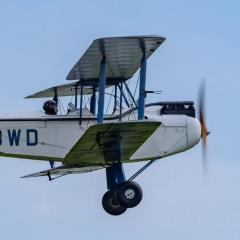The "center wheel"
-
Recently Browsing
- No registered users viewing this page.
-
Topics
-
Posts
-
By Neverenoughwatches · Posted
My overall preference is to use traditional names and terms, that became my habit when i was taught joinery by old boy chippies 2 generations older than me , that had their time in the 40's. But what i often do is adjust the names and terms i use according to who I'm talking with. Sometimes i will say trainside and occasionally watchmaker's side. I try to find a balance between accommodating other folk ( there's no point speaking a foreign language to someone who doesn't understand it ) and using a name that appears to me to be more relevant as to its use or description. But using the name lever can be quite confusing, some watches might have parts that are also levers, release levers, which in effect is what the pallet fork is, an escapement release lever. -
Then put the case number in here https://www.cousinsuk.com/category/filter/search-seiko-case-parts and it should give you the crown
-
By musicsnake · Posted
I come across to replace the crystal of a 7734 chronograph. What make it special there a printed chapter ring which fits inside the recess of crystal before inserting into the case. I am thinking of a high dome crystal such as Sternkreuz ATCH, fitting diameter OD332/ID320. For this purpose, tension ring will be removed and fit in the chapter ring. I understand the crystal size may not perfectly fit these two dimension. Should aim to find the right ID, then OD can be grinded to reduce without much difficulty. To find the right crystal, the easiest way is to get know of the OD/ID relationship of Sternkreuz ATCH/ATCG (otherwise the OD of the crystal and tension ring). I hope you are able to help to minimize the trial and errors. -
By RichardHarris123 · Posted
I agree, I call it a pallet fork for two reasons, it was the name used when I started watch repair both in written documents and on videos and calling it a lever causes confusion as seen. Plenty of other examples where there's more than one name. What do you call the opposite side of the movement from the dial side? I've heard you call it the watch makers side.
-








Recommended Posts
Join the conversation
You can post now and register later. If you have an account, sign in now to post with your account.
Note: Your post will require moderator approval before it will be visible.